Real0ne
Posts: 21189
Joined: 10/25/2004
Status: offline

|
quote:
ORIGINAL: samboct
To RO
1) Area bombing was an acknowledgement by the RAF that at the beginning of the war, nighttime navigation was so abysmal that perhaps 10% of bombs got within 5 MILES of the target. Carpet bombing was a forlorn hope that by churning the landscape up, the VC would cry uncle. Navigation wasn't a problem for carpet bombing- simply lack of targets. Hence the two terms are NOT interchangeable. Arthur Harris's idea was to bomb the Germans into submission by hitting population centers which are large enough to be easily found. By Feb. 1945 though, the combination of pathfinders (specially trained crews) and electronic navigational aids such as GEE made finding cities much more reliable.
2) My numbers for the casualties at Dresden were a bit low- I was typing off the top of my head. My source is Frederick Taylor, author of "Dresden" and he gives a range of 25,000-40,000 dead- numbers inflated by Goebbels. Figures from any part of the Nazi bureaucracy are always suspect since they could be inflated or minimized to meet with Hitler's approval.
3) While the population of the city had indeed increased due to wartime refugees fleeing the Russians, many of the refugees were camping in fields.
4) To create a firestorm- necessary to kill lots of people- you need wind to fan the flames. Didn't happen that night.
5) Dresden also had plenty of military production- under the accepted rules of war at the time, that made the city a legitimate target.
Sam
1) Come on sam cant you do any better than koolaide and puppy chow?
A-Z Guide > Law > Carpet or Area Bombing
Carpet or Area Bombing
By Horst Fischer
Air attacks on a city that treat it as a single military objective instead of clearly distinguishing military objectives and attacking them individually are an example of area bombardment, often called carpet bombing. Many of the World War II attacks on cities targeted an area rather than individual military objectives. Legal arguments and military rationales were given for the strategic bombing campaign, among them to destroy the enemy’s industry, to weaken the morale of the population, or simply to punish the adversary for its previous violations. The destruction of Rotterdam, Dresden, and Hiroshima are prominent examples. The Nuremberg Tribunal did not discuss area bombardment in any detail, and the practice, which flies in the face of all the civilian protections in the Fourth Geneva Convention of 1949, continued into the Cold War. The U.S. aerial campaigns against North Vietnam—in particular the so-called Christmas bombing of 1972 against Hanoi and Haiphong—are believed to have been illegal area bombardments.
you would be much wiser to at least have rudimentary knowledge before posting.
2) your numbers are the numbers the allies chose to 'acknowledge' which has no bearing on reality or the truth, just like 6 million holocausted was also a lie.
3) some were camping most were put up in the locals houses and anywhere they could take refuge from the elements
4) Once again you succeed to demonstrate how foolish you are, especially since I already explained it.
From Wikipedia, the free encyclopedia
View of one of the Tillamook Burn fires in August 1933.
A firestorm is a conflagration which attains such intensity that it creates and sustains its own wind system.
5) you are as bad as the whore at this, you are 5 for 5 wrong, g1, dresden had nothing, it had no defense armaments, no production, zippo, nothing, no military value what so ever and the even the railroad track was left intact, but residential housing was nearly all wiped out
maybe you should read a little real history before pounding on your keyboard to your own demise
There I crayola'd it for you
_____________________________
"We the Borg" of the us imperialists....resistance is futile
Democracy; The 'People' voted on 'which' amendment?
Yesterdays tinfoil is today's reality!
"No man's life, liberty, or property is safe while the legislature is in session
|

 Profile
Profile

 LOL
LOL 




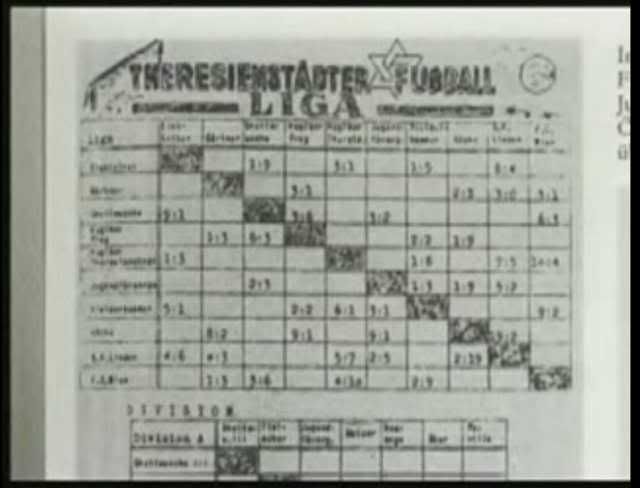


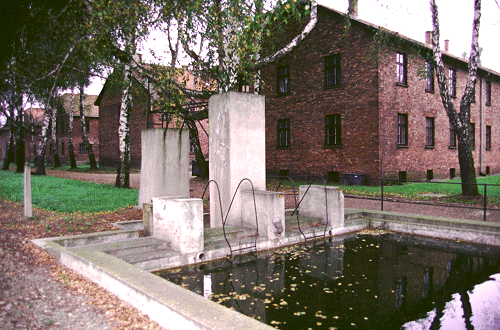
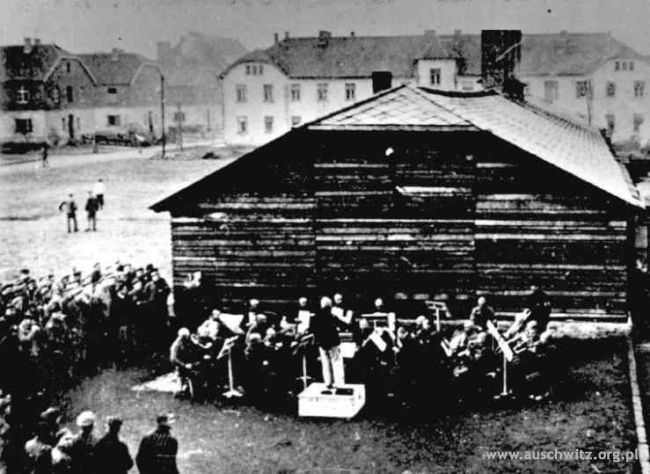



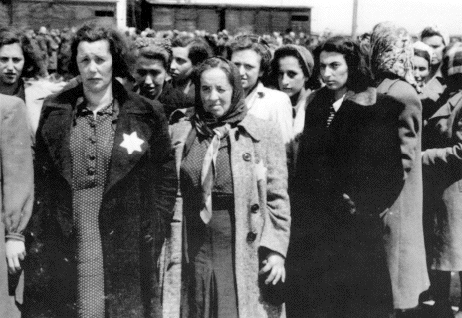
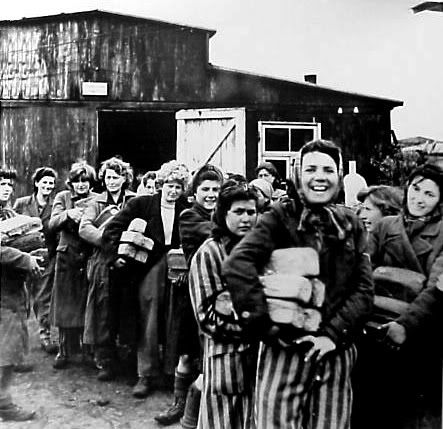
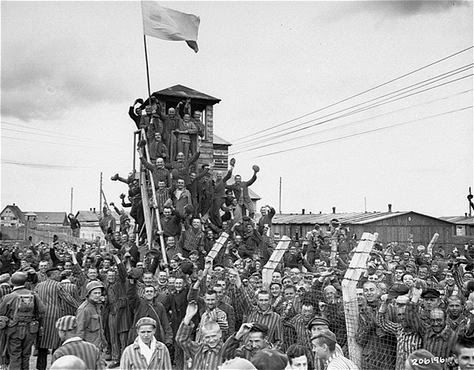


 New Messages
New Messages No New Messages
No New Messages Hot Topic w/ New Messages
Hot Topic w/ New Messages Hot Topic w/o New Messages
Hot Topic w/o New Messages Locked w/ New Messages
Locked w/ New Messages Locked w/o New Messages
Locked w/o New Messages Post New Thread
Post New Thread